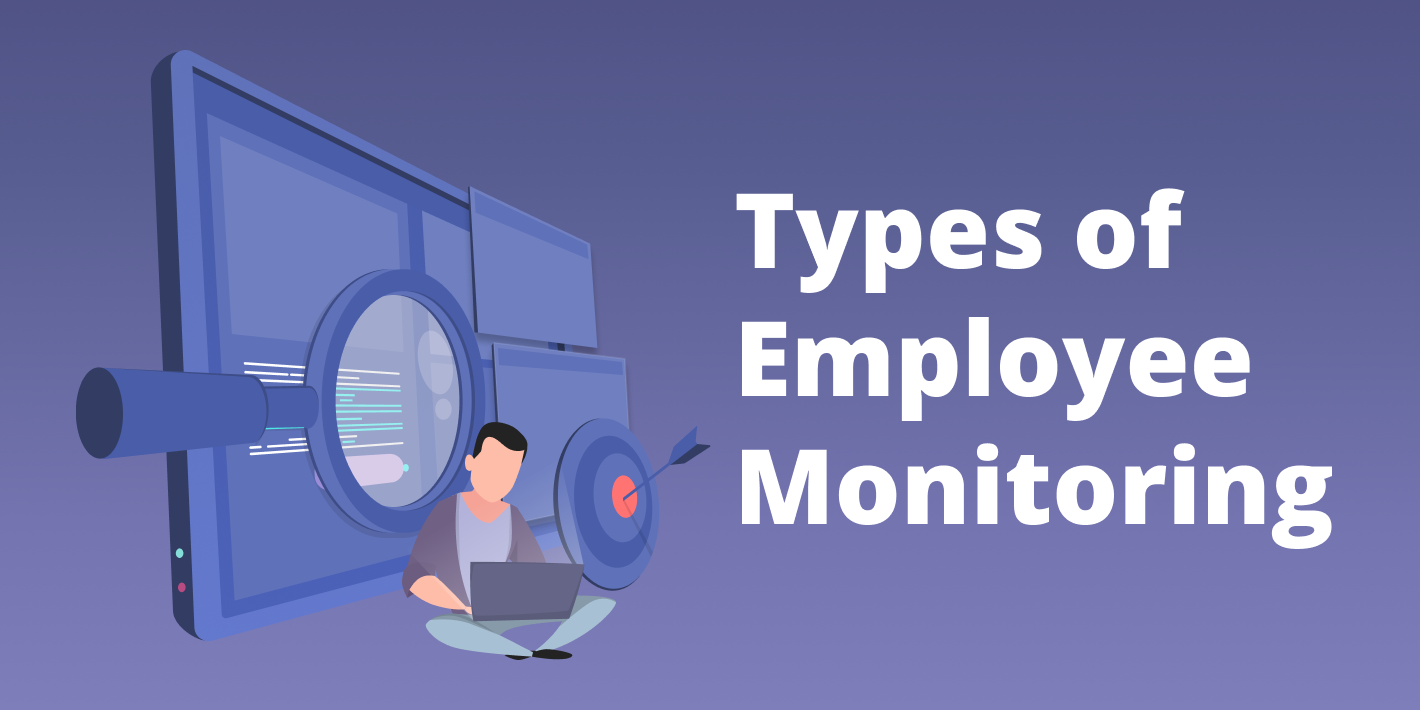
Employee monitoring is considered to be among the most efficient tactics performed by businesses. The prior goal is to track the employees’ activities and to prevent potential frauds, data and financial losses.
We are going to treat the subject related to the types of employee monitoring that are aimed to increase the productivity rate. At the same time, this is a matter of privacy that needs to be taken into account and respected by employers.
If you are interested in the domain of employee monitoring, we suggest reading our blog posts 7 Most Powerful GPS and Time Tracking Apps for Your Employees and Top 9 Employee Monitoring Software for 2019.
The types of employee monitoring can be divided into 3 wide sets. Our purpose is to provide you with valuable clues for each category.
1. Productivity Rate
There is a group of employee monitoring types that are directed towards achieving a great productivity rate. Through them, companies can observe the gap in the employees’ activities that reduce the outcome of the organization. We can mention software tools that monitor the employees’ engagement into various tasks and assignments by providing certain reports.
2. Surveillance Systems
The surveillance system is quite useful in preventing the data, resources loss, and various kinds of breaches. For instance, employers can go through emails monitoring, tracking the files, video surveillance, etc.
3. Assignment Management
The management of certain tasks or projects (e.g. the time spent on them, the distribution of work, etc.) is important for business owners. This fact becomes specifically important if remote workers are involved in the work. Consequently, employers become interested in GPS or video tracking of their employees.
Is It Legal?
This question seems to be dilemmatic. The legality of employee monitoring depends on the country and its law system. Generally speaking, if the company owns the equipment such as phones, computers, various devices, it is entitled to track the activity of its staff. It seems that monitoring and surveillance is something common for the US.
If we speak about GPS tracking, monitoring employee’s call list, data usage (e.g. photos, personal files) may lead to litigations. It is assumed that in European countries, the right to privacy at work is at a great extent respected. Thus, employers agree with employees upon their company rules related to surveillance during the work.
Let’s move on to analyze the specific types of employee monitoring.
1. Direct Monitoring
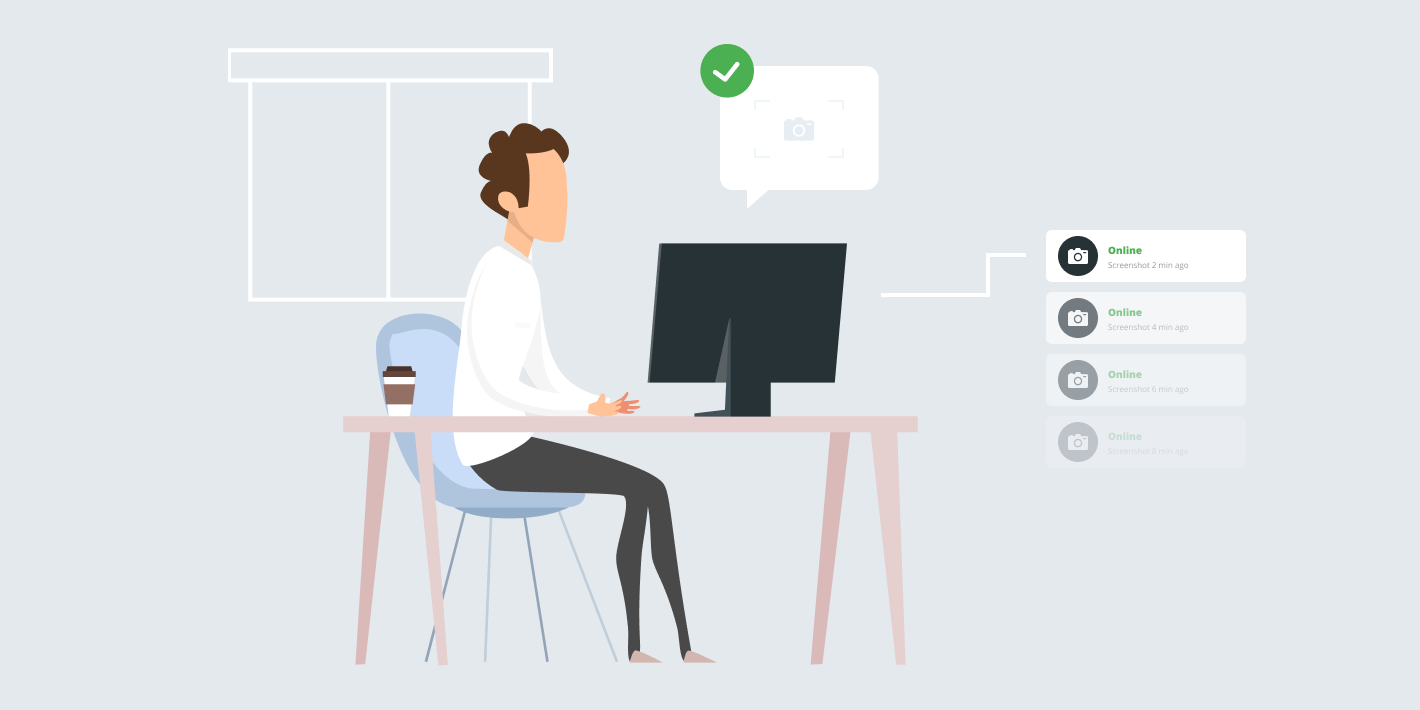
Direct monitoring helps to collect data from the employee’s computer. The collected data consist of the reports made on the time spent on specific projects, the time when no activity was made by the employee, etc.
2. Gadgets Monitoring
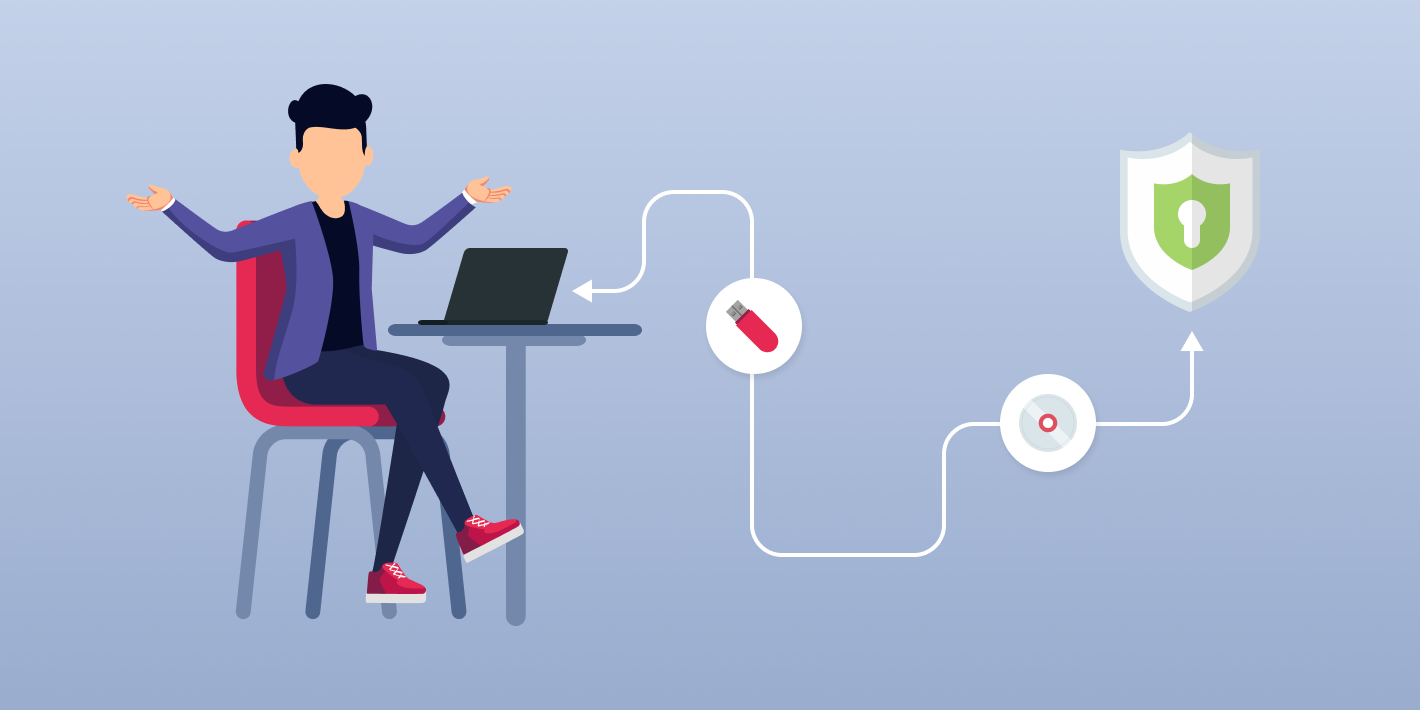
The employer can track the traces left by USBs or CDs that were used on the computer. Gadgets can be a danger for the company, and their tracking can prevent data loss, interference of malicious software that would access the computers, etc.
3. GPS Tracking
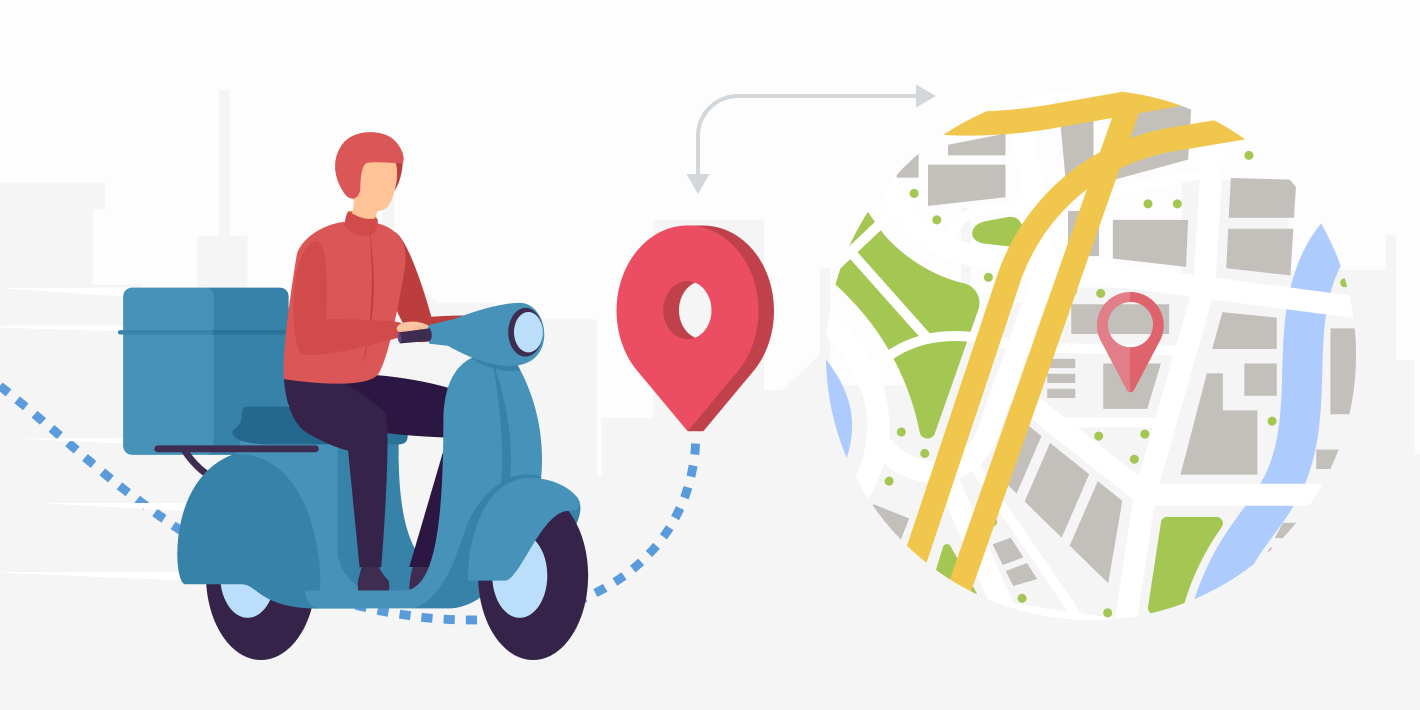
This type of employee monitoring is specifically useful for companies that deal with delivery, postal services, etc. It helps to state the correct way of the driver or to check the driver’s productivity. Nowadays, GPS tracking is used in cab services. It becomes easy to see the customer and driver’s location. Moreover, the customer will not waste time on waiting for the distant cab arrival but will get the closest one.
4. Phone Monitoring and Audio Surveillance
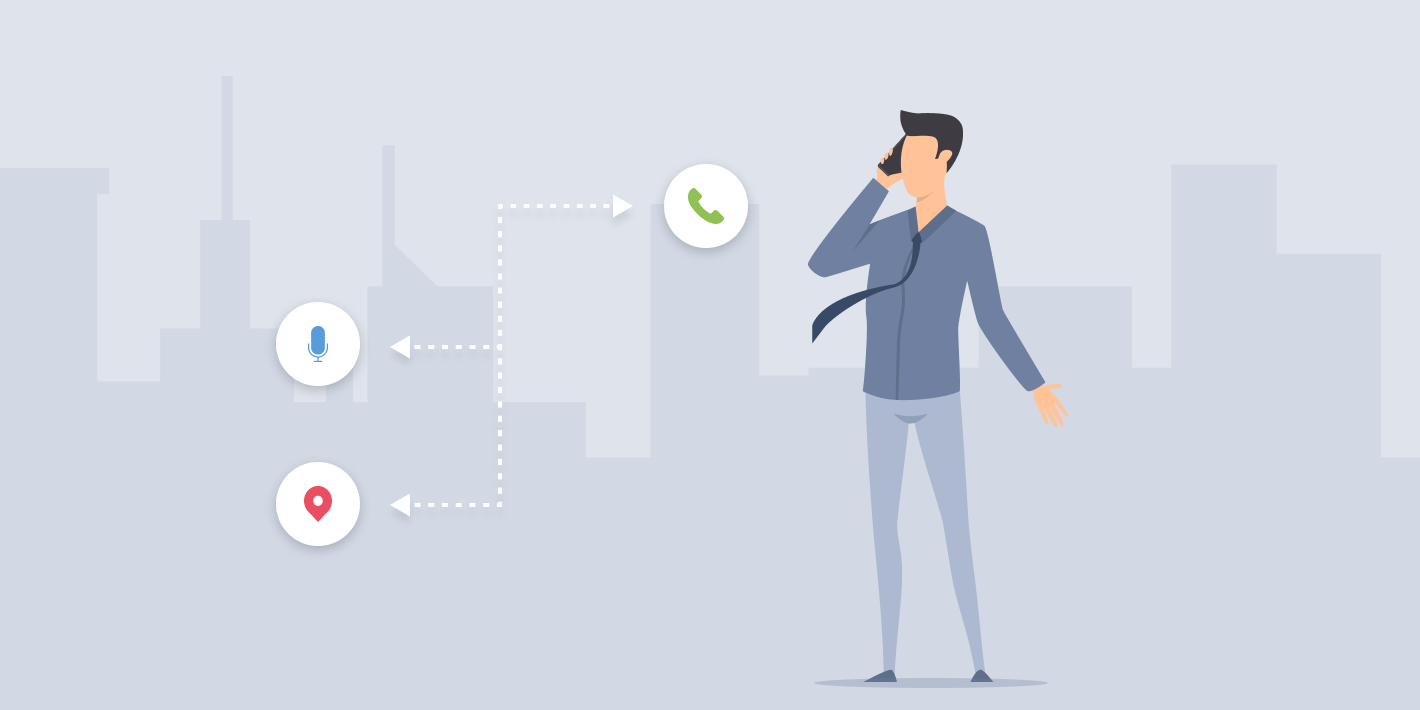
Generally speaking, employee’s phone activities tracking can lead to litigation. On the other hand, GPS tracking of the phone is appropriate for delivery and cab services. Let us bring another example. It’s a common fact that when you call some service businesses, you receive a kind of notification that your call will be recorded. This is a type of audio tracking, as well. It aims to check the employees’ productivity.
5. Video Surveillance
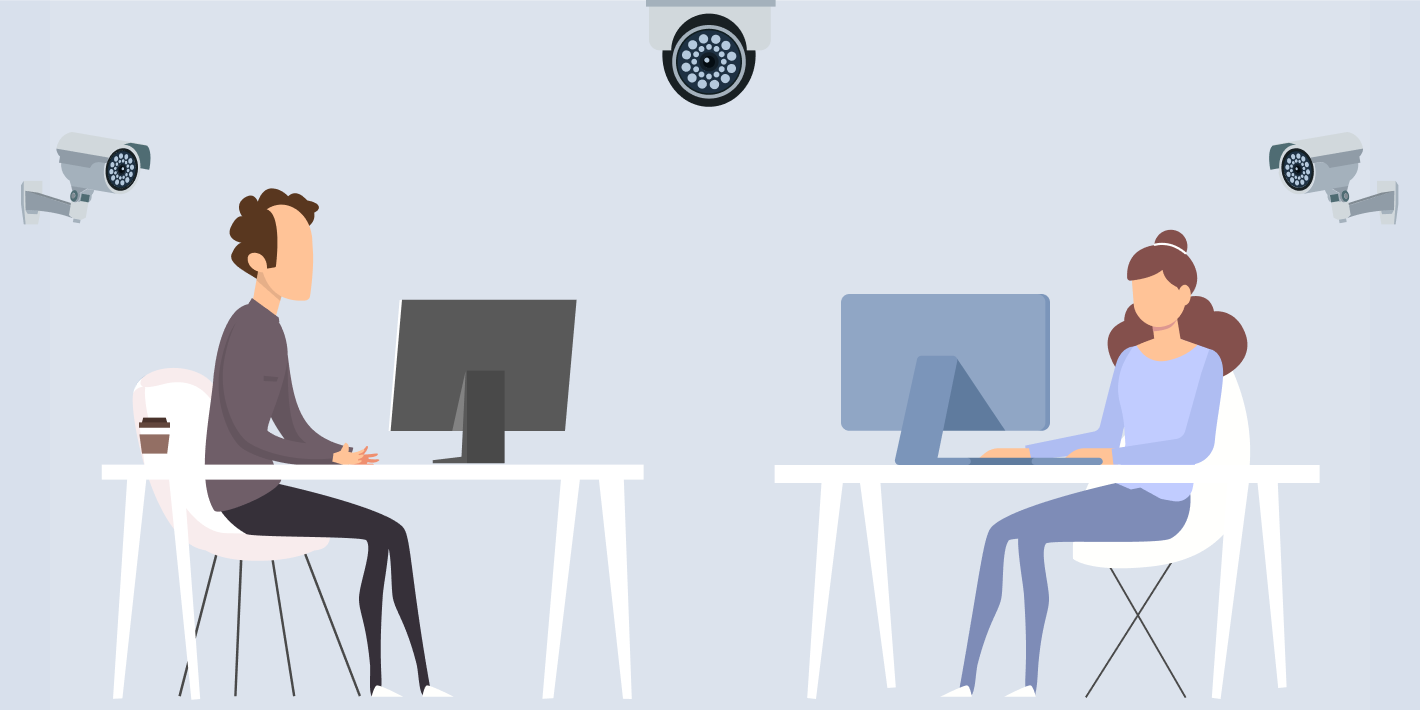
Video surveillance is used to monitor employees’ activities, to prevent theft, conflicts. The use of this type of employee monitoring varies in different countries because some regions allow it while others do not.
6. Keylogger
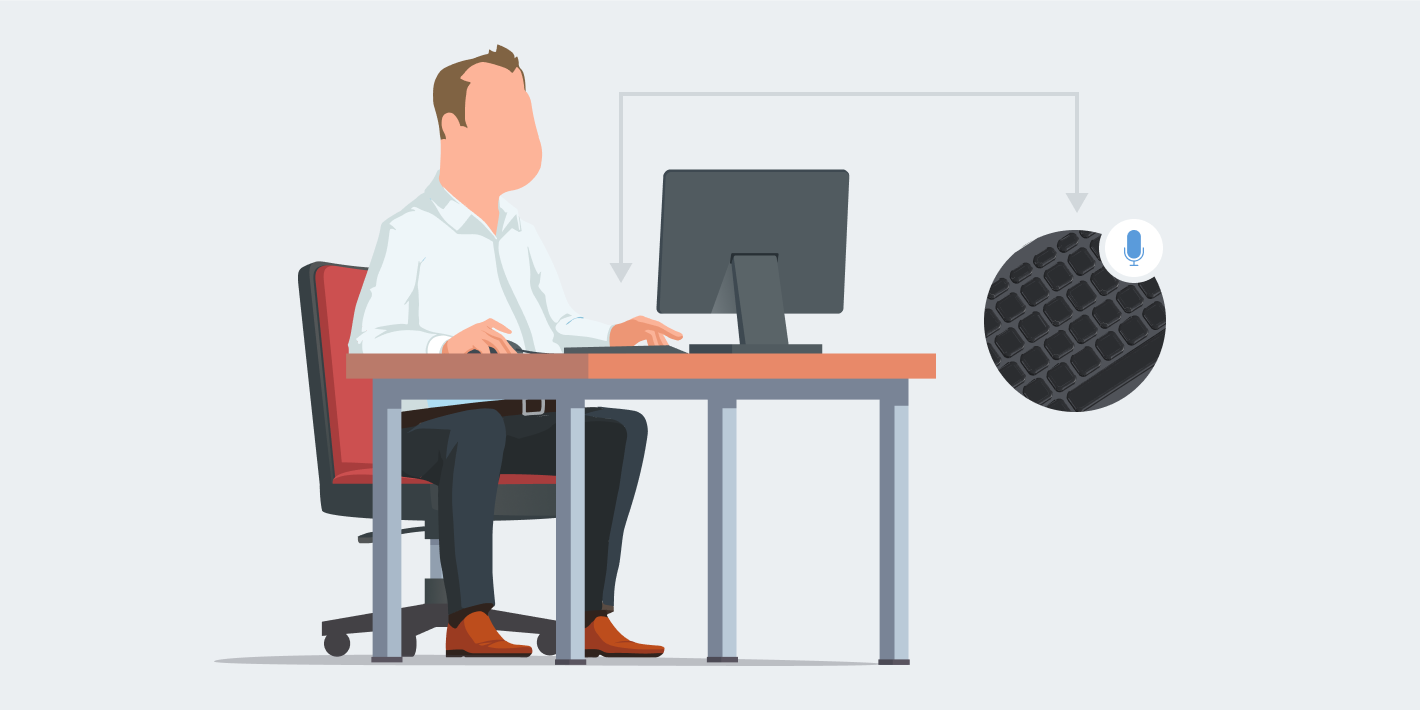
The name speaks for itself. The keyboard is recorded at any press of the button. In such a way, the admin can analyze employees’ performance. Some countries do not allow this type of employee monitoring as the privacy right is violated in such a way (e.g. the passwords can be uncovered).
7. Keycards
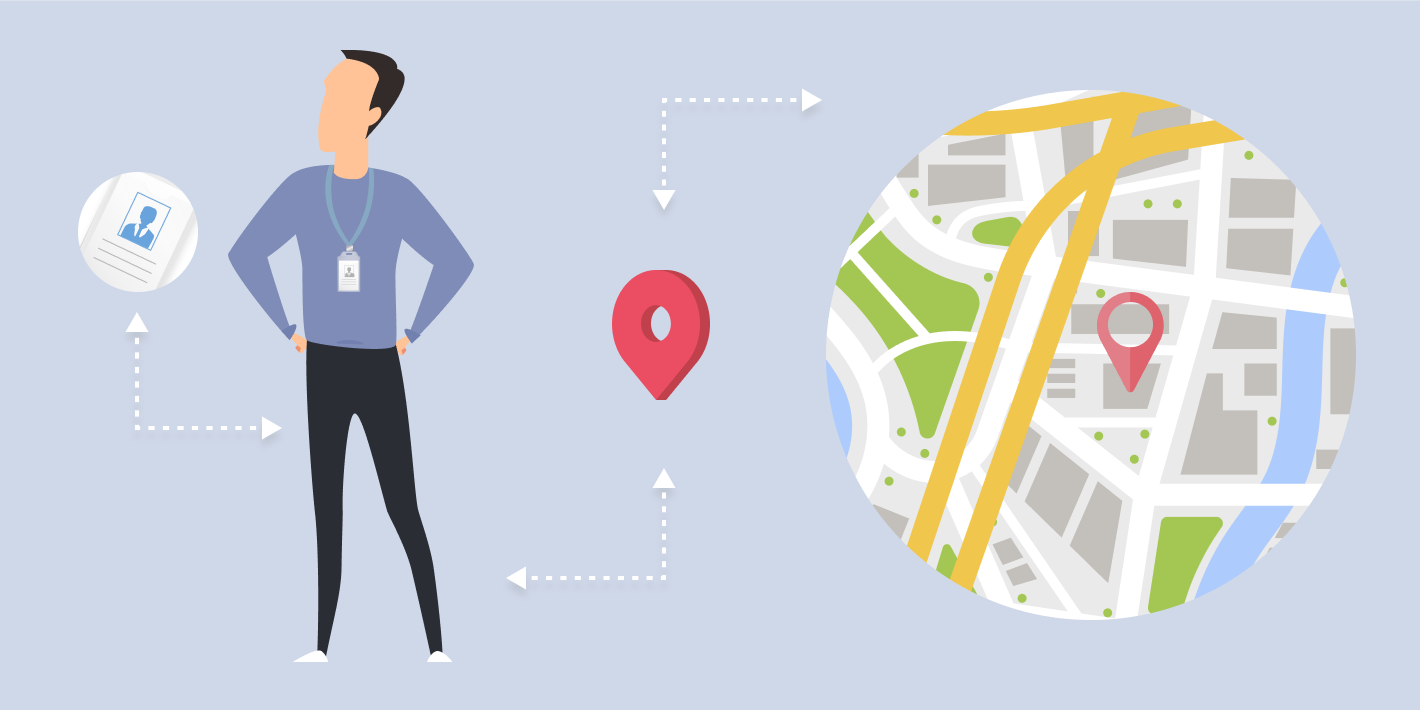
Keycards are used in some organization. Having a chip inserted, they memorize the employee’s location at any time. They can limit access to various places of the companies, at the same time.
